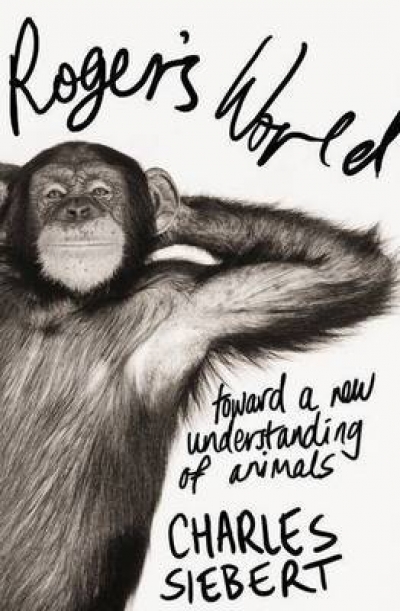Zoology
Big Meg: The story of the largest and most mysterious predator that ever lived by Tim Flannery and Emma Flannery
by Danielle Clode •
An Intimate History of Evolution: The story of the Huxley family by Alison Bashford
by Gary Werskey •
Roger’s World: Toward a new understanding of animals by Charles Siebert
by Kathleen Steele •




